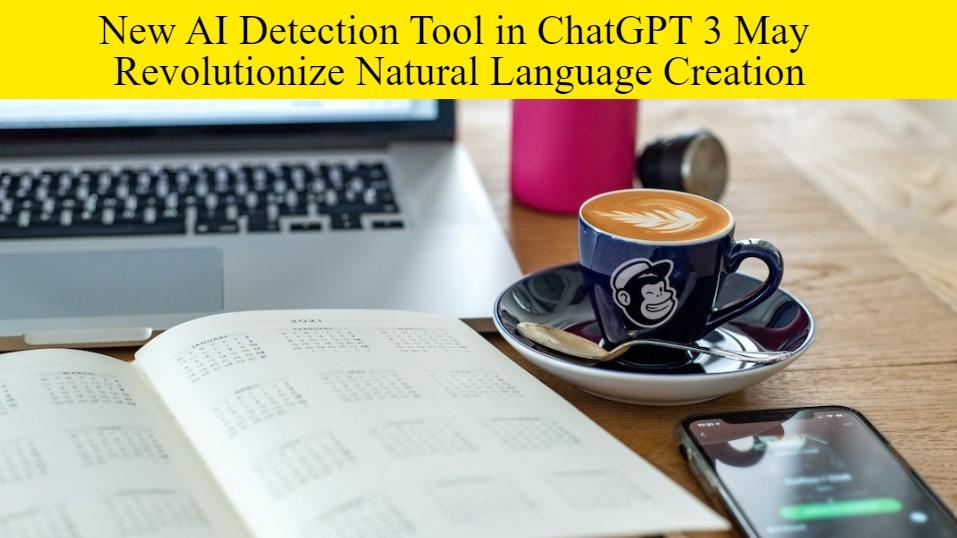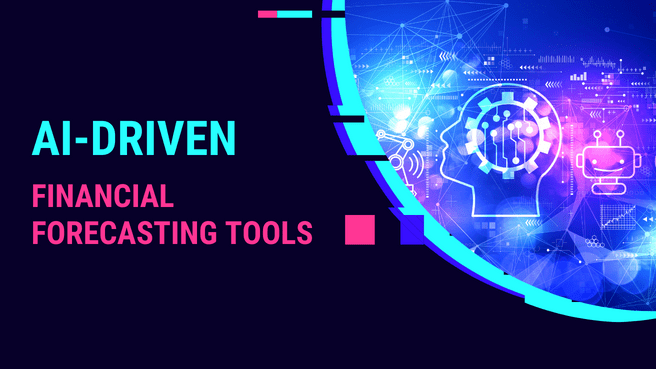New AI Detection Tool in ChatGPT 3 May Revolutionize Natural Language Creation
OpenAI’s chatGPT 3 language model can produce content that reads like it was written by a person on any given topic. It’s versatile enough to handle question responding, blog writing, article writing, document authoring, and more. In terms of quality, it’s difficult to tell if the stuff it provides was created by a human or an AI.
By entering a topic or keyword, it will produce articles related to that subject. It can also generate a topic summary, as well as source code and other forms of content.
What exactly is this ChatGPT thing?
ChatGPT is an NLP model built with the express purpose of producing writing that sounds natural and authentic to humans. The content, including topic-related text or code, is generated based on GPT-3’s billions of parameters. Whereas GPT 3 is a language model that may be used by AI programs to generate new text.
How ChatGPT works
Input from users, in the form of either a topic name or a keyword, is used to generate content or text in ChatGPT. Data from the internet and other sources are integrated to create a massive dataset that serves as the basis for its training. From that, it learns how to form words and sentences, and then leverages that training to produce material that sounds human in response to user input.
Moreover, some language models are taught to memories text from many sources in order to generate text that is indistinguishable from human-written content. In order to answer a user’s question, language models draw on the information they have stored in memory. Artificial intelligence content generators are limited to producing content in a predetermined format and cannot interpret the meaning of the text they produce.
When it comes to learning, how effective is ChatGPT?
The ability to tailor a student’s educational experience to their specific needs simplifies the learning process and equips them with the essential knowledge they’ll need to succeed.
ChatGPT can grade student work, saving teachers time on grading tests and papers.
The ChatGPT model can be used to develop syllabus materials, including textbook chapters and other crucial educational content, for a wide range of courses.
Studying – ChatGPT is a great tool for learning about any topic linked to general knowledge. The database includes information from several online resources.
Using the provided text box, students can submit their work for feedback from ChatGPT. Sessions in casual tutoring systems that also offer feedback can be conducted with the help of ChatGPT. As a result, students will have a better idea of where they may focus their efforts to make up for any gaps in knowledge.
Here are some of the downsides to using ChatGPT in the classroom:
Since ChatGPT is trained on data collected from the internet, its accuracy is limited. It follows that users could very well experience instances of plagiarism in their own work.
Dependent on Technology – These days, most people seldom put down their phones and are increasingly reliant on electronic devices. Students may lose their ability to think creatively if they often use ChatGPT.
It’s possible that ChatGPT and other content generators will make some blunders now and then. It’s not a good idea for pupils to rely on ChatGPT as a learning resource because it could provide them false information.
Inappropriate text — because it is taught using data from online sources, it can be used to produce incorrect content.
Inability to think outside the box despite ChatGPT’s potential intelligence and ability to generate text and material as expected. Taking on more work than is required is not an innovative approach.
No artificial intelligence content generator, including GPT-3, has yet been approved for use by Google. All content, whether it’s for a website, a blog, or anything else, should be authored by a real person if you want to do well in search engines.
We recommend using the AI Detection tool, details of which we have provided below, to examine the material.
Machine Learning Detection Software
To identify the material produced by an AI Content generator, you need an AI Detector. It does a thorough read of the entire document and returns the results after determining what percentage of the text was created by artificial intelligence.
It offers a simple interface that allows anyone to check the data.
To assess whether the content was created by a human author or an automated AI, this programme performs a full-text analysis using machine learning methods.
As content created by humans is the gold standard, you should use this AI Detector to verify its authenticity many times.
Simply copy and paste the text into the text box for a quick check, and the tool will provide results instantly. It’s swift and reliable in its results.
Blog Synopsis
The AI Detector has the potential to revolutionise language generation by identifying instances of AI-generated text in published works. In the preceding article, we discussed the benefits and drawbacks of using ChatGPT. Use AI Detector to verify that the text you’re using was produced by a human and not an automated system.
For more articles visit: theinfluencerz.com





